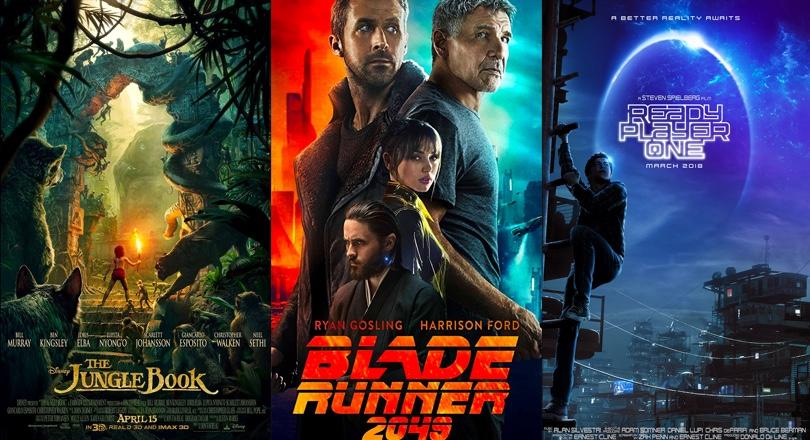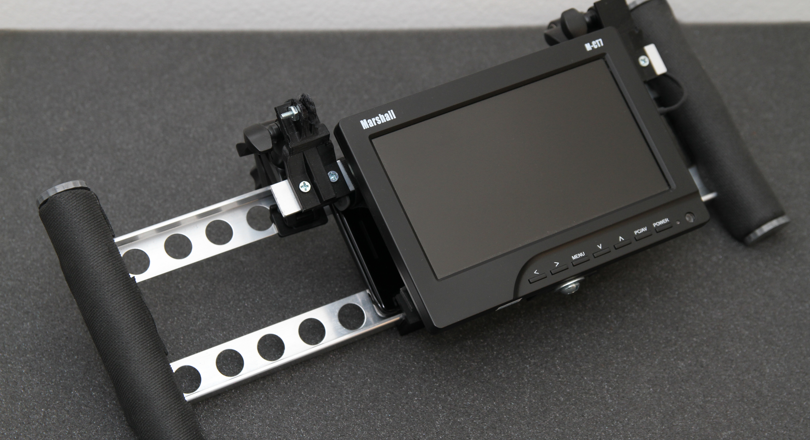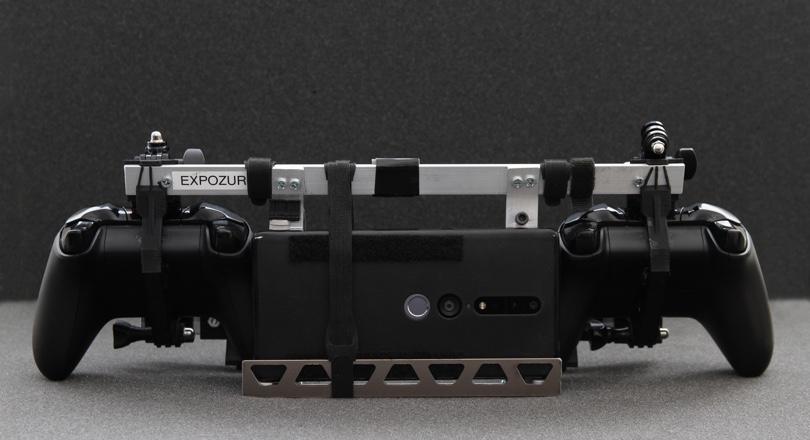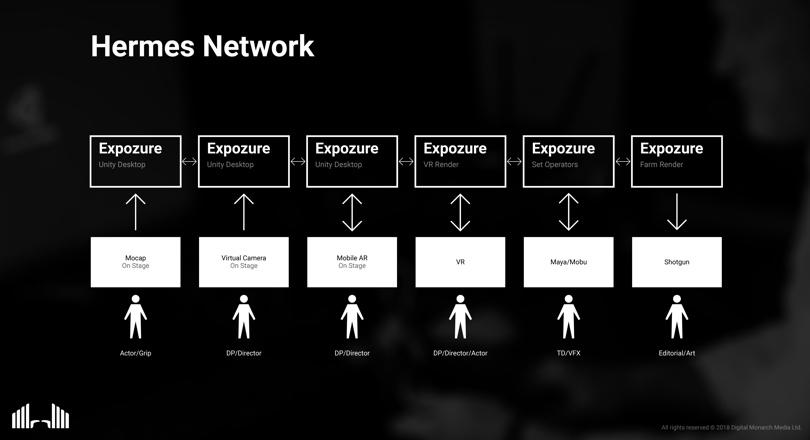When two veterans of the film and game industry, Wes Potter and Habib Zargarpour, joined forces to create a virtual cinematography company, they were trying to fill a void in production because directors and DPs were becoming more and more removed from their work on CG productions.
The result was Vancouver-based Digital Monarch Media (DMM), where traditional filmmaking ideologies meet real-time game-engine technology via their Virtual Film Tools suite. Their goal was “To bring the creative process back into the shots on set, as if it was all practical shooting, as if it was all live ... bringing directors front and center with their films again,” explains Potter.
They chose to leverage their experience with real-time engines to bring that immediacy to the traditionally slow VFX pipeline. Because real-time engines render so quickly, directors are able to immediately see the impact of their changes, while enabling more spontaneous creativity and quick iterations on the stage floor. As Potter points out, “We go to the movies to see the work of these artists. We want to feel the director’s breath on each shot,” and these tools allow for just that.





